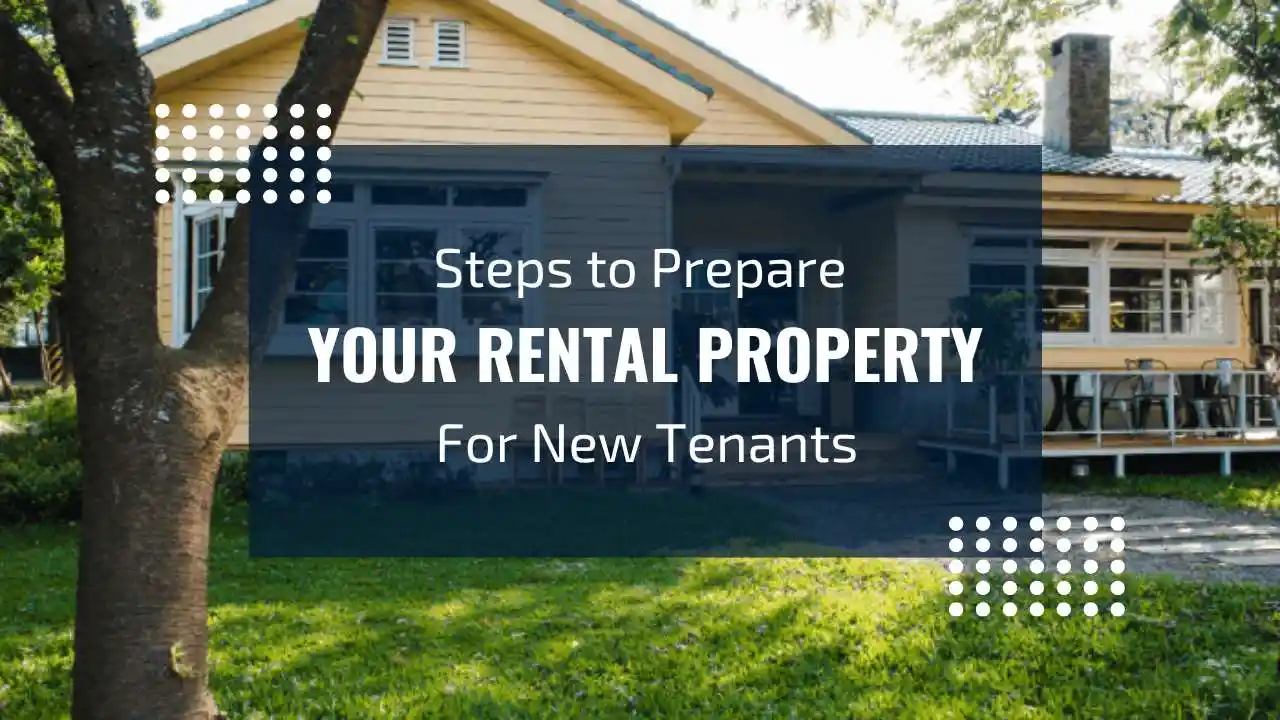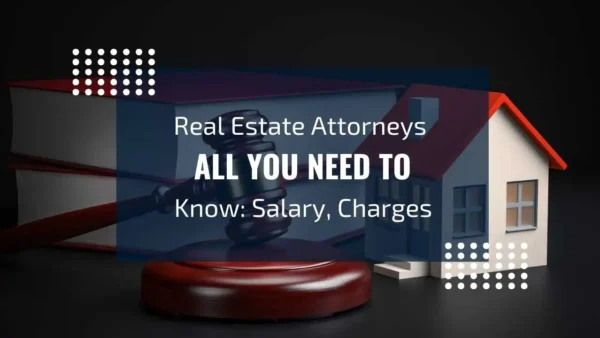Preparing a property for rent is a critical step for landlords who want to attract reliable tenants while maximizing their rental income. Whether you’re listing a private property or exploring guaranteed rent schemes, ensuring your property is in top-notch condition is essential. This detailed guide will cover everything you need to know to make your property tenant-ready, create an attractive listing, and manage tenants effectively.
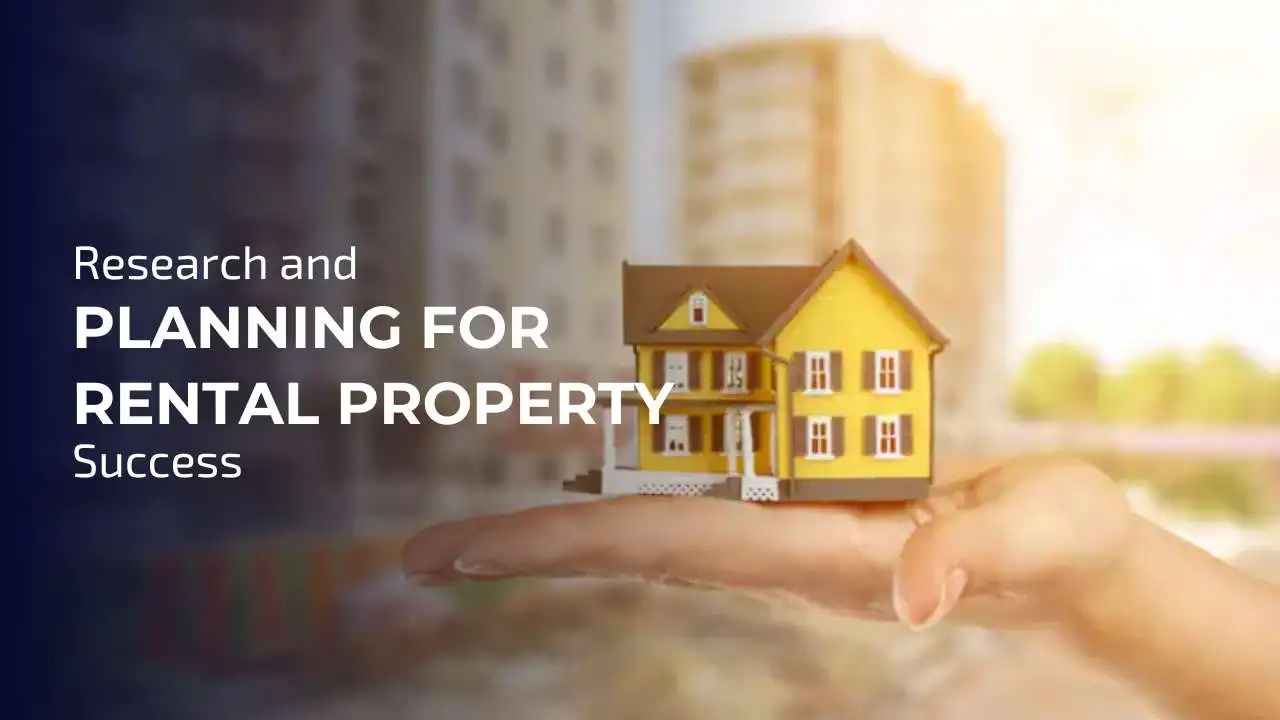
Step 1: Research and Planning
Conduct In-Depth Market Research
Understanding your local rental market is the foundation of successful property management.
- Study the Competition: Browse listings for properties similar to yours in terms of size, location, and features.
- Price Analysis: Use platforms like Rightmove, Zoopla, or local classifieds to gauge competitive rental rates. For instance, a modern two-bedroom apartment in Central London might fetch a higher price than a similar property in the suburbs.
- Tenant Demographics: Identify your target audience—students, families, or professionals—and tailor your property’s features to meet their preferences.
Know the Law
Stay informed about national and local regulations affecting rental properties, including tenant rights and landlord responsibilities. Laws governing energy efficiency, security deposits, and eviction processes vary by region and must be strictly followed.
Step 2: Preparing Your Private Property for Rent
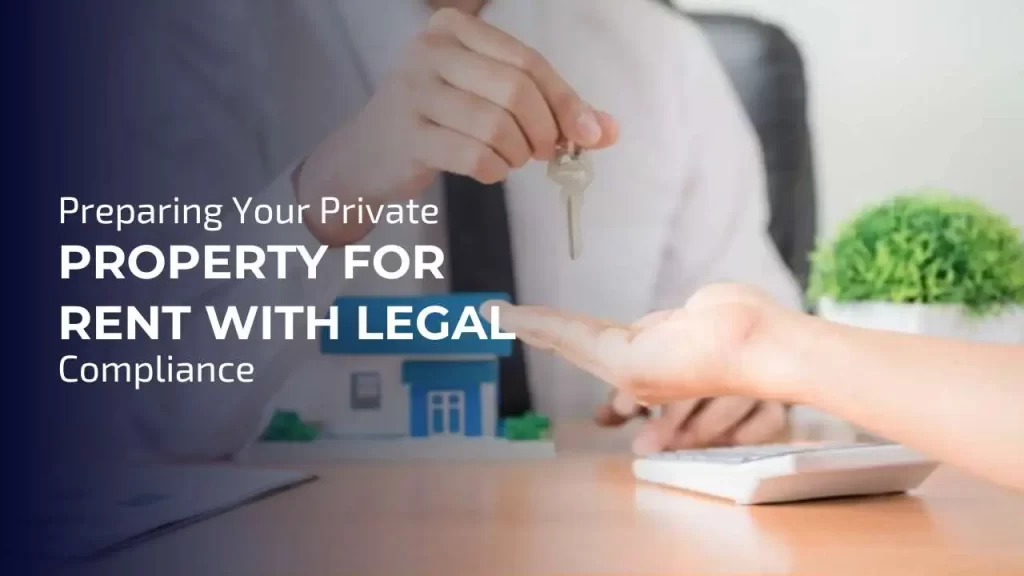
Ensure Legal Compliance
A legally compliant property reduces risks and attracts tenants who value safety and transparency.
- Energy Performance Certificates (EPC): Upgrade insulation or heating systems if your property scores poorly.
- Electrical Safety Compliance: Ensure outlets, wiring, and appliances meet standards, and keep all reports updated.
- Rental Licensing: Depending on your location, you may require a license to rent your property. For instance, London landlords may need to apply for a selective license in some boroughs.
Perform Comprehensive Inspections
Routine inspections before listing your property help you address small issues before they escalate. Key areas to inspect include:
- Plumbing Systems: Ensure there are no leaks, clogs, or water pressure problems.
- Roofing: Check for loose tiles, leaks, or structural issues that may affect the property.
- Windows and Doors: Replace any broken glass or worn-out locks to improve security.
Make Strategic Upgrades
Upgrading specific areas can significantly enhance your property’s value and appeal:
- Bathroom Upgrades: Add modern fixtures, such as a rainfall showerhead or LED-lit mirrors, to make a lasting impression.
- Kitchen Enhancements: Focus on practical improvements, like adding energy-efficient appliances or upgrading countertops with durable materials like quartz or laminate.
- Lighting: Replace outdated lighting with LED or smart lighting systems to improve energy efficiency and aesthetics.
Create a Tenant-Friendly Space
Tenants value properties that are not only functional but also pleasant to live in.
- Neutral Decor: Opt for neutral tones, like beige or light gray, to create a blank canvas for tenants to personalize.
- Maximize Space: Use mirrors and multi-functional furniture to create the illusion of more space in smaller properties.
- Outdoor Areas: Even a small balcony can be made inviting with a few potted plants and outdoor furniture.
Step 3: Marketing Your Property for Rent
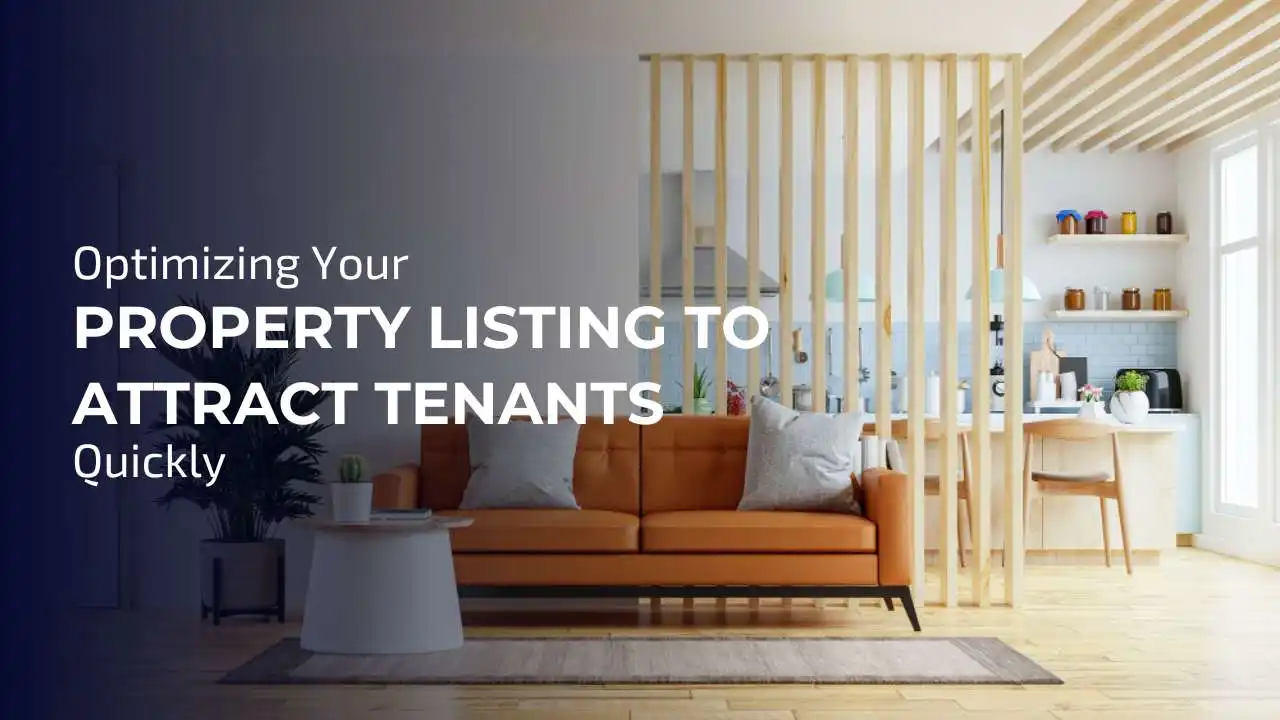
A compelling marketing strategy can make all the difference in attracting tenants quickly.
Optimize Your Listing
Your online property listing is often the first interaction potential tenants have with your property.
- Professional Photos: Use wide-angle lenses and natural lighting to capture each room’s best features.
- Virtual Tours: In today’s market, offering a 360-degree virtual tour can give you a competitive edge.
- Detailed Descriptions: Highlight key features like “pet-friendly,” “walking distance to public transport,” or “newly renovated kitchen.”
Leverage Multiple Platforms
- Real Estate Portals: Websites like Rightmove, Zoopla, or Gumtree reach a broad audience.
- Social Media Advertising: Post listings on Facebook Marketplace or Instagram to target younger demographics.
- Local Community Boards: Offline options like local newspapers or bulletin boards can also attract tenants in smaller towns.
Include Incentives
Offering incentives can make your property stand out in competitive markets:
- Rent Discounts: Offer the first month’s rent at a reduced rate to secure long-term tenants.
- Flexible Terms: Allow tenants to customize lease durations, which can appeal to professionals on short-term assignments.
Step 4: Managing Viewings and Tenant Applications
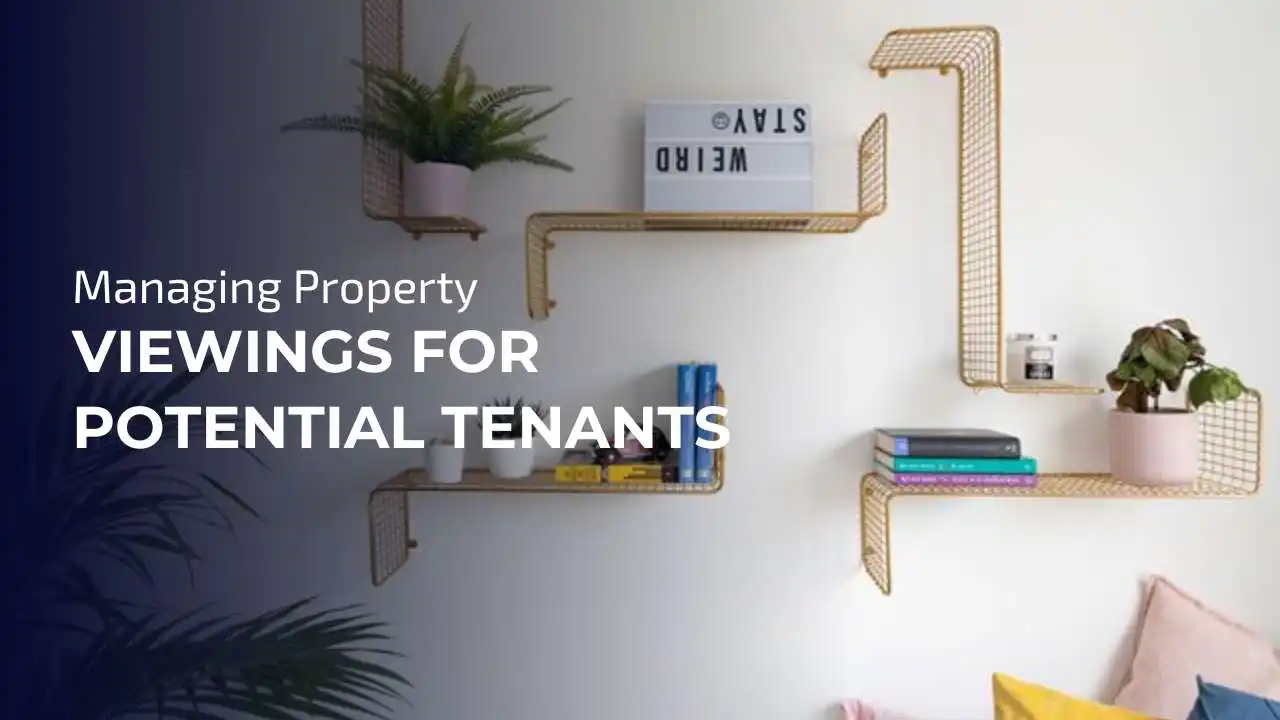
Once you start receiving inquiries, organize the process to ensure smooth viewings and proper tenant screening.
Prepare for Viewings
- Declutter and Clean: Tenants will notice even small imperfections during viewings, so make sure the property is spotless.
- Stage the Property: Add subtle touches like fresh flowers or cozy throws to create a welcoming atmosphere.
- Flexible Viewing Times: Offer evening or weekend slots to accommodate potential tenants’ schedules.
Screen Tenants Thoroughly
Screening tenants minimizes risks and ensures a good landlord-tenant relationship.
- Reference Checks: Speak to previous landlords and employers to verify the tenant’s reliability.
- Credit Checks: Assess their financial stability and ability to pay rent on time.
- Meet in Person: A face-to-face meeting can provide insight into a tenant’s personality and suitability for your property.
Step 5: Guaranteed Rent Schemes

If you’re seeking hassle-free property management, guaranteed rent might be the right option for you.
How It Works
Guaranteed rent schemes involve leasing your property to an agency, which then rents it to tenants on your behalf. You receive a fixed monthly payment, regardless of whether the property is occupied.
Pros of Guaranteed Rent
- Consistent Income: No more worrying about tenant turnover or rent arrears.
- Reduced Management Duties: Agencies handle everything, from maintenance to tenant disputes.
- Time Savings: Ideal for landlords managing multiple properties or living far from their rental property.
Cons of Guaranteed Rent
- Lower Rental Returns: Agencies typically take a commission, reducing your overall income.
- Limited Control: You may have little say in tenant selection or property modifications.
Step 6: Post-Tenancy Maintenance and Long-Term Strategies
Inspect After Every Tenancy
Conduct a detailed walkthrough once tenants move out.
- Document Damages: Use photos or videos to record any property damage for insurance claims or deposit deductions.
- Address Wear and Tear: Refresh paint, replace worn carpets, and deep-clean the property to maintain its appeal.
Create a Maintenance Plan
- Annual Upgrades: Plan for small upgrades each year to keep the property modern. For instance, replace aging kitchen appliances or update bathroom fixtures.
- Energy Efficiency: Invest in eco-friendly solutions, such as solar panels or double-glazed windows, to attract environmentally conscious tenants.
Build a Tenant-Landlord Relationship
Happy tenants are more likely to renew leases and take better care of your property.
- Responsive Communication: Address tenant concerns promptly to build trust.
- Regular Check-ins: Schedule routine visits to ensure the property is well-maintained without being intrusive.
Conclusion
Whether you’re preparing a private property for rent or exploring guaranteed rent schemes, meticulous planning and execution are key to success. By following these steps, you can attract reliable tenants, ensure legal compliance, and maximize your rental income over the long term. Investing time and effort upfront will save you money and stress in the future, setting the stage for a successful and hassle-free letting experience.
Frequently Asked Questions
Research similar properties in your area and adjust for unique features or upgrades. Overpricing can deter tenants, while underpricing impacts your ROI.
Offer flexible lease terms, maintain the property in excellent condition, and provide clear communication throughout the tenancy.
Furnished properties appeal to professionals and students, while families often prefer unfurnished options. Assess your target market before deciding.
Yes, with the help of property management software or agencies offering full-service management.
Absolutely. Strategic upgrades, like modern bathrooms or energy-efficient systems, increase the property’s value and tenant appeal.

